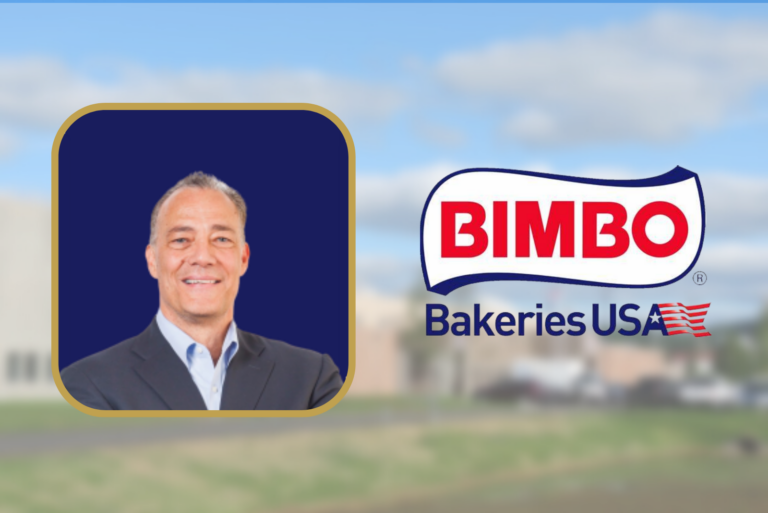MUNICH— In today’s food landscape, the idea of health and wellness is not so cut-and-dry. Unlike other areas of the world such as the European Union (EU), where the voluntary Nutri-Score program grades foods from A to F based on healthy attributes, American consumers often autonomously determine how foods fit their individual wellness goals.
That requires a level of literacy about food and labeling, but it also means there’s a greater need for two-way communication between consumers and food producers, including commercial bakeries.
During the iba 2023 trade fair, which took place October 22-26 in Munich, the American Bakers Association (ABA) hosted a panel discussion to address some of the best practices for navigating health and wellness trends in the US.
Moderated by Eric Dell, president and CEO of ABA, panelists included Cyrille Filott, global strategist for consumer foods packaging and logistics at Rabobank; Andy Brimacombe, president of Puratos USA; and Tony Gavin, president of Horsham, PA-based Bimbo Bakeries USA (BBU).
At the heart of the conversation, listening emerged as one of the most important factors in helping consumers in their quest for wellness.
It’s hard for commercial baking companies to keep up with consumers, especially when technology and social media enable public opinions around food to shift faster than a weathervane in a Midwest autumn. Then again, changing regulations — especially those that lead to reformulations — can leave consumers feeling flummoxed.










